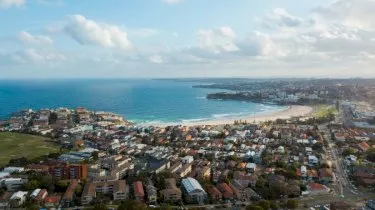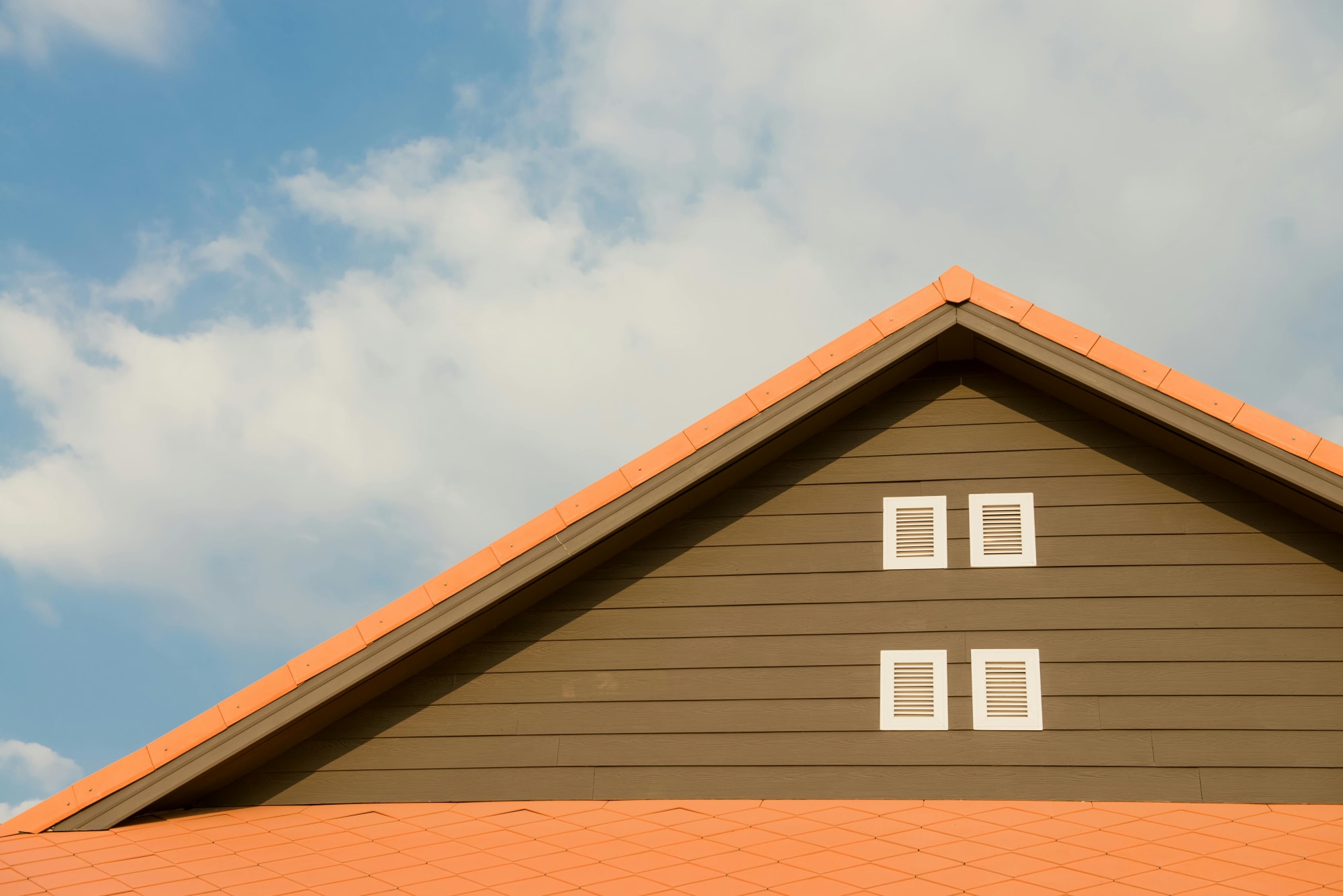Invest
State-by-state breakdown of housing approvals released
The latest data from the Australian Bureau of Statistics shows which Australian states are leading the charge in new builds for the next 12 months.
State-by-state breakdown of housing approvals released
The latest data from the Australian Bureau of Statistics shows which Australian states are leading the charge in new builds for the next 12 months.

State by state
Western Australia reported the sharpest rise in approvals, up by 29 per cent month-on-month, with unit approvals up by 184 per cent while house approvals rose by 3 per cent.
NSW also reported a strong rise in dwelling approvals, which rose by 12 per cent month-on-month, led by an 18 per cent increase in unit approvals and a 7 per cent rise in detached housing approvals.
Conversely, the downward trend in approvals across Victoria continued with an 8 per cent fall in January, spurred by a 22 per cent decline in unit approvals and a 2 per cent drop in house approvals.

Total approvals also dropped in Queensland, falling for the seventh consecutive month by 4 per cent, with unit approvals declining by 8 per cent and house approvals falling by 2 per cent.
South Australia also reported a drop in total dwelling approvals, which fell by 2 per cent, driven by a 20 per cent decline in unit approvals, partly offset by a 4 per cent rise in house approvals.
The big picture
Overall, total building approvals rose by 2.5 per cent in January, following an 8.1 per cent drop in December 2018.
The uptick in residential dwelling approvals was driven by a 3.8 per cent increase in unit approvals (from an 18.7 per cent fall in December) and a 1.9 per cent increase in house approvals (from a 1.7 per cent decline).
“The overall trend in approvals remains soft, but it is slightly encouraging that the pace of declines at the end of 2018 hasn’t continued,” said ANZ Research in response to the new data.
ANZ Research also noted that the number of approvals remains well below average annual trends.
Why does this matter?
Supply has a direct influence on housing prices — restricted supply typically inflates prices, while over-supply has the opposite impact.
Capital city prices are softening nationwide, and in major cities like Sydney and Melbourne, new supply hitting the market this and last year is a key contributor to this.
You can read more about predictions for the 2019 property market here.

Property
New investment platform Arkus allows Australians to invest in property for just $1
In a groundbreaking move to democratise investment in property-backed mortgage funds, GPS Investment Fund Limited has launched Arkus™, a retail investment platform designed to make investing ...Read more

Property
Help to Buy goes live: What 40,000 new buyers mean for banks, builders and the bottom line
Australia’s Help to Buy has opened, lowering the deposit hurdle to 2 per cent and aiming to support up to 40,000 households over four years. That single policy lever will reverberate through mortgage ...Read more

Property
Australia’s mortgage knife‑fight: investors, first‑home buyers and the new rules of lender competition
The mortgage market is staying hot even as rate relief remains elusive, with investors and first‑home buyers chasing scarce stock and lenders fighting for share on price, speed and digital experienceRead more

Property
Breaking Australia’s three‑property ceiling: the finance‑first playbook for scalable portfolios
Most Australian investors don’t stall at three properties because they run out of ambition — they run out of borrowing capacity. The ceiling is a finance constraint disguised as an asset problem. The ...Read more

Property
Gen Z's secret weapon: Why their homebuying spree could flip Australia's housing market
A surprising share of younger Australians are preparing to buy despite affordability headwinds. One in three Gen Z Australians intend to purchase within a few years and 32 per cent say escaping rent ...Read more

Property
Tasmania’s pet-positive pivot: What landlords, BTR operators and insurers need to do now
Tasmania will soon require landlords to allow pets unless they can prove a valid reason to refuse. This is more than a tenancy tweak; it is a structural signal that the balance of power in rental ...Read more

Property
NSW underquoting crackdown: the compliance reset creating both cost and competitive edge
NSW is moving to sharply increase penalties for misleading price guides, including fines linked to agent commissions and maximum penalties up to $110,000. Behind the headlines sits a more ...Read more

Property
ANZ’s mortgage growth, profit slump: why volume without margin won’t pay the dividends
ANZ lifted home-lending volumes, yet profits fell under the weight of regulatory and restructuring costs—an object lesson in the futility of growth that doesn’t convert to margin and productivityRead more

Property
New investment platform Arkus allows Australians to invest in property for just $1
In a groundbreaking move to democratise investment in property-backed mortgage funds, GPS Investment Fund Limited has launched Arkus™, a retail investment platform designed to make investing ...Read more

Property
Help to Buy goes live: What 40,000 new buyers mean for banks, builders and the bottom line
Australia’s Help to Buy has opened, lowering the deposit hurdle to 2 per cent and aiming to support up to 40,000 households over four years. That single policy lever will reverberate through mortgage ...Read more

Property
Australia’s mortgage knife‑fight: investors, first‑home buyers and the new rules of lender competition
The mortgage market is staying hot even as rate relief remains elusive, with investors and first‑home buyers chasing scarce stock and lenders fighting for share on price, speed and digital experienceRead more

Property
Breaking Australia’s three‑property ceiling: the finance‑first playbook for scalable portfolios
Most Australian investors don’t stall at three properties because they run out of ambition — they run out of borrowing capacity. The ceiling is a finance constraint disguised as an asset problem. The ...Read more

Property
Gen Z's secret weapon: Why their homebuying spree could flip Australia's housing market
A surprising share of younger Australians are preparing to buy despite affordability headwinds. One in three Gen Z Australians intend to purchase within a few years and 32 per cent say escaping rent ...Read more

Property
Tasmania’s pet-positive pivot: What landlords, BTR operators and insurers need to do now
Tasmania will soon require landlords to allow pets unless they can prove a valid reason to refuse. This is more than a tenancy tweak; it is a structural signal that the balance of power in rental ...Read more

Property
NSW underquoting crackdown: the compliance reset creating both cost and competitive edge
NSW is moving to sharply increase penalties for misleading price guides, including fines linked to agent commissions and maximum penalties up to $110,000. Behind the headlines sits a more ...Read more

Property
ANZ’s mortgage growth, profit slump: why volume without margin won’t pay the dividends
ANZ lifted home-lending volumes, yet profits fell under the weight of regulatory and restructuring costs—an object lesson in the futility of growth that doesn’t convert to margin and productivityRead more








